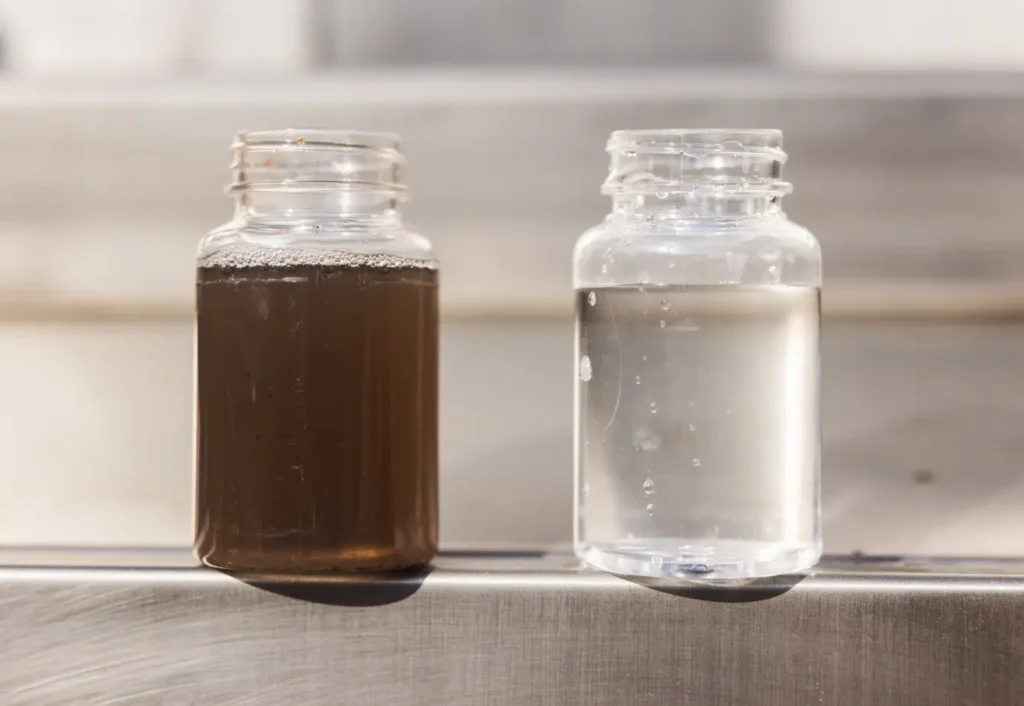Water reuse, also known as water recycling, is the process of collecting and treatment wastewater, greywater, or stormwater so it can be safely and beneificially used again.
Depending on the level of treatment, reused water can support a wide range of applications, including: industrial processes, cooling systems, aquifier recharge or even potable reuse in some cases.

With aging water infrastructure and growing demand for freshwater, from expanding housing developments to high-tech facilities like data centers, communities face increasing pressure on limited water supplies. Water reuse offers a smart, sustainable solution. By recycling treated water for safe, beneficial use, reuse systems help reduce strain on wastewater treatment plants, conserve natural resources, and support resilient growth.
A water reuse system captures wastewater or greywater, treats it using advanced processes, and repurposes the clean water for beneificial use. Here’s how it works:
Start with a no-obligation consultation. Whether you’re upgrading, expanding, or refining, we’ll guide you in making informed decisions to power your operation’s success.